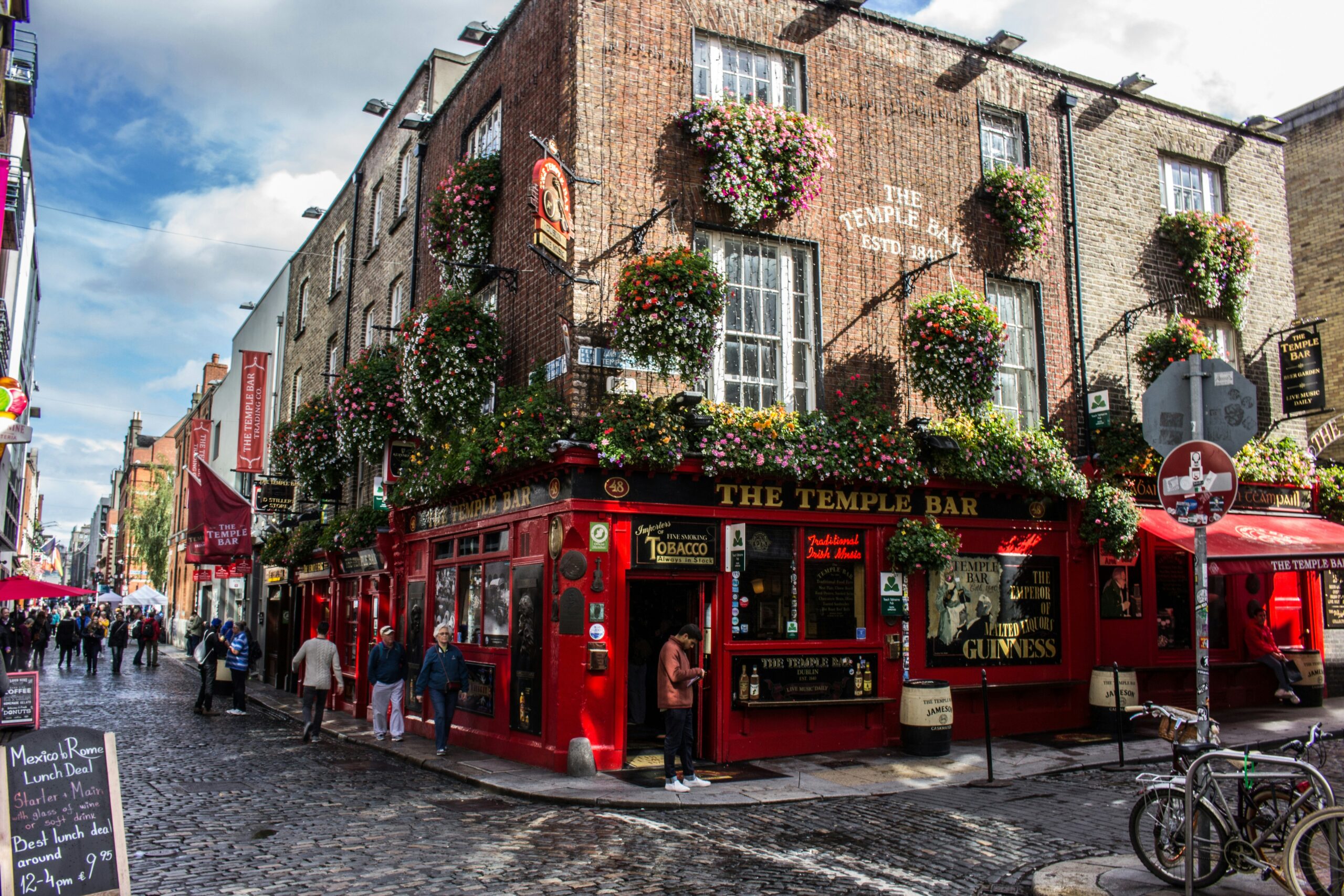Temple Bar Has Been Ranked The 3rd Biggest Tourist Trap In The World

Temple Bar Has Been Ranked The 3rd Biggest Tourist Trap In The World
Text: Izzy Copestake
Visitors frequently criticised the area as being overpriced, lacking in authentic local culture, and feeling unsafe at times.
Dublin’s Temple Bar has been named the third biggest tourist trap in the world, according to new research by Nomad eSIM. The study analysed online reviews of top tourist destinations around the globe, tracking mentions of the term “tourist trap”. Temple Bar racked up 687 mentions, placing it just behind Fisherman’s Wharf in San Francisco and Las Ramblas in Barcelona.
Visitors frequently criticised the area as being overpriced, lacking in authentic local culture, and feeling unsafe at times. Despite its lively pubs and cobbled streets, many reviewers felt the area didn’t live up to its reputation, especially for those seeking a more genuine Dublin experience.
This criticism comes at a time when Ireland’s tourism sector is showing signs of strain. According to the Central Statistics Office, foreign visitor numbers to Ireland dropped by 25% in January 2025 and 30% in February, compared to the same months last year. While 2024 saw a modest overall increase in arrivals, tourists are staying for shorter periods, spending less, and leaving more disappointed. This research just adds to the growing body of evidence that the high prices and formulaic experiences simply aren’t delivering the value or authenticity travellers are looking for.
Temple Bar’s ranking might sting, but it should serve as a prompt for something deeper. If Dublin continues to reshape itself to serve this glossy, performative version of Irishness, where locals are priced out and culture is curated rather than lived, it risks becoming a place that satisfies neither tourists or locals.
As the global travel industry increasingly values authenticity, Ireland may need to reconsider how it presents itself, and ask whether the version of Dublin being sold to the world, truly reflects the one we live in.
Elsewhere On District: US Ambassador Tells Ireland to ‘Sober Up’ Over Occupied Territories Bill